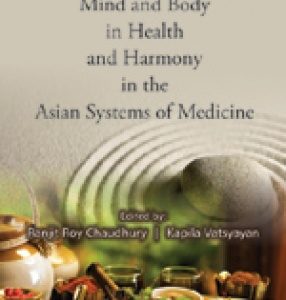
Kapila Vatsyayan

27 books

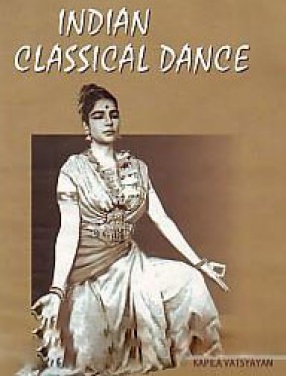
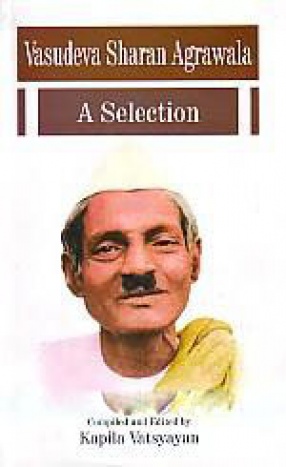
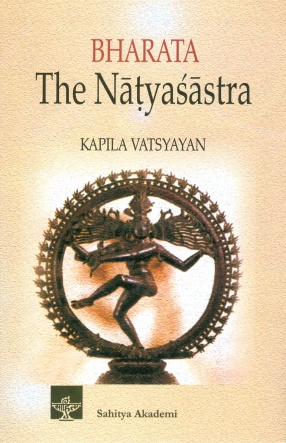
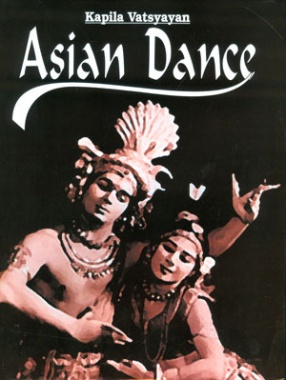
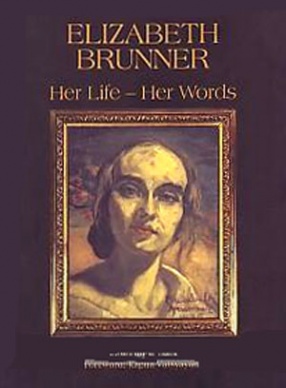

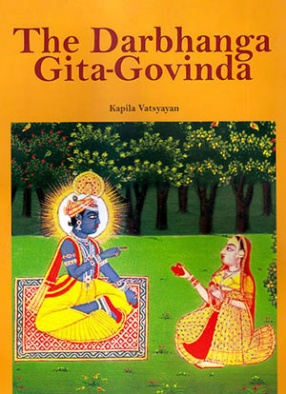
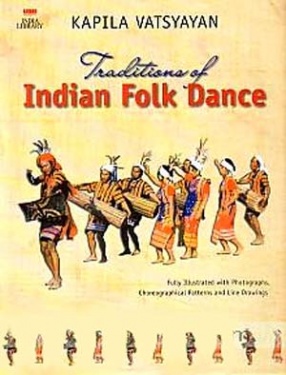


This volume studies the relationships between ancient systems of Asian philosophy and medicine. It explores the mutually dependent relation between the mind and the body, and argues that Asian and Hippocratic medical systems as well as the body and consciousness should not be studied in isolation. Bringing together medical practitioners and researchers including specialists of ayurveda, siddha, unani, homoeopathy, Sowa-Rigpa, naturopathy, yoga and acupuncture ...
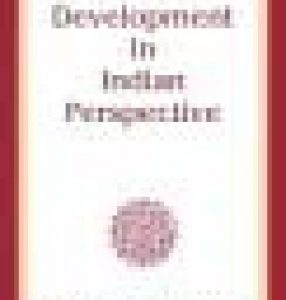
This book, a collection of six lectures Dr Kapila Vatsyayan made at different UNESCO seminars and two reports she prepared for UNESCO, presents, discusses, analyses and prognosticates the varied aspects of human development in India and other developing nations. She has made some commendable observations and suggestions with a futuristic view on UNDP’s “Human Development Report 1990” which defines and measures human development.
Through these ...
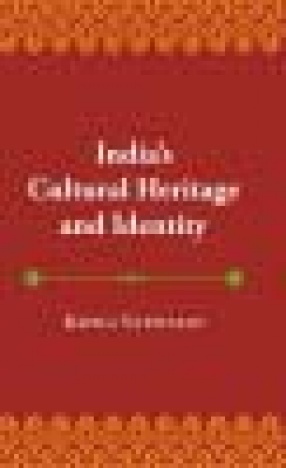
This volume is collection of eight lectures delivered by Dr Kapila Vatsyayan on different occasions, some in the memory of four eminent persons such as Ancharlott Eschmann, an art historian; Dr C.D. Deshmukh, founder of the India International Centre and former Chairman, University Grants Commission; Prof. Birendra Kumar Bhattacharyya, eminent writer social worker and former president of the Sahitya Akademi and Dr D.S. Kothari, the doyen of science and a ...
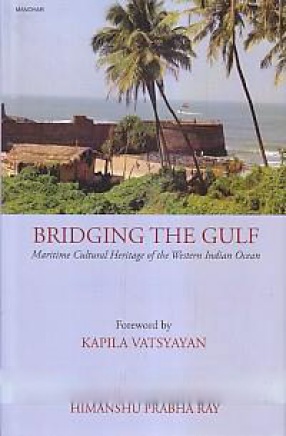

Raimundo Panikkar was born of an Indian Hindu father and a Catalan Catholic mother. From his early childhood he was able to adopt, cultivate and speak of different traditions. He got doctorates in Philosophy, Science and Theology. He had lived in India, Europe and the USA for several years teaching and researching. About 25 books and numerous articles were published by him. He also translated an anthology of a thousand pages of texts from the Vedas. Panikkar ...



Womentrepreneurs tells inspiring stories of women entrepreneurs in India. These stories, based on material collected through personal interviews, show that the motivation for starting entrepreneurial ventures no longer arises from the need to supplement income but increasingly from fulfilling a need for creative expression and individual growth.

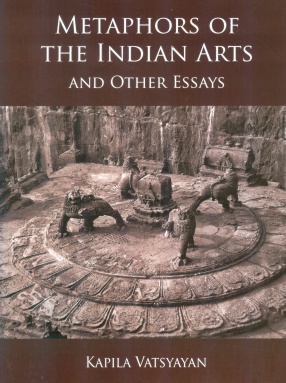
This anthology Metaphors of the Indian Arts and Other Essays is a selection of writings of Dr Kapila Vatsyayan’s nearly four-decade long journey as an art critic and art historian. It reveals the distinct nature of Indian arts from the angle of the world-view in which they emerge. At the same time, it amply shows the theory of art and aesthetics which may enable us to “to see the other traditions of art from our own window”. In a seminal article ...
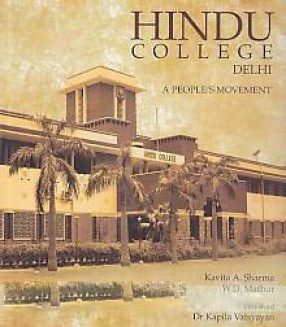
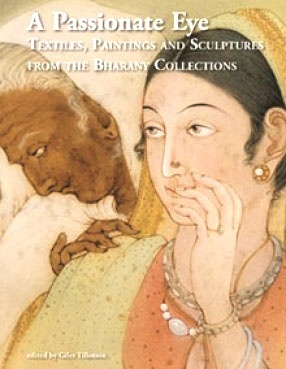
Rarely in the history of collecting art in India has a father-son duo remained involved for as long as the Bharanys of Amritsar and Delhi. This book tells the remarkable tale of the aesthetic adventure of two generations of Bharanys – Radha Krishna and his son Chhotelal, spanning over a century.
It begins with an essay by Pratapaditya Pal placing the role of the Bharanys in the wider context of collecting in this field. This is followed by Chhote ...
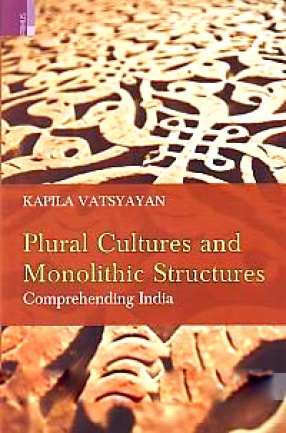

The theory of rasa enunciated by Bharata has stimulated both creativity and critical discouirse in the Indian arts for nearly 2000 years. The text of the Natyasastra is as relevant to literature, poetry and drama as it is to architecture, sculpture, painting, music and dance. Its comprehensive treatment of artistic experience, expression and communication, content and form emerges from an integral vision which flowers as a many-branched tree of all Indian arts.

Time monograph offers, for the first time, a collection of path-breaking writings of Kapila Vatsyayan, published as research papers in various journals during the last fifty years. Published as seventeen independent but interwoven chapters, the present work relates to the methodological problems and future course of dance scholarship, the intricacies of sculptural representations of dance forms in ancient Indian art, and goddesses and women in Indian Myth and ...

As the title suggests, Elizabeth Brunner: Her Life – Her Words, is a delightful collection of stories written by the Hungarian artist who came to India in 1930 with her mother, Elizabeth Sass Brunner, and made it her home. The book, with an introduction by Dr Imre Lázár, contains her experiences in this country. It also contains rare photographs and beautiful paintings that the Brunners created.The talented artists are well known in India and ...

The world famous collection of Indian miniature paintings assembled by Nanalal Chamanlal Mehta represents most of the schools and wide range of themes from 16th to 19th centuries. In the present Volume the author has covered illustrated Jaina Manuscript paintings which are published for the first time along with the early Gita Govinda illustrated folios. The Chaurapanchasika paintings based on the 11th century poet, Bilhana's 50 verses, are the piece de ...

The Darbhanga Gita Govinda is the Eighth in the series of monographs by Kapila Vatsyayan on the Gita Govinda and the miniature painting tradition of India. In the earlier monographs e.g. Jaur Gita Govinda Assamiya Gita Govinda etc. the author examined assiduously the relationship of the text and the visual image. The Darbhanga Gita Govinda is a set belonging to the eighteenth century. It exemplifies both the continuity and changes which take place over time in ...
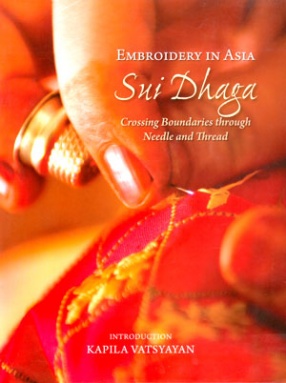
The archaeological evidence with regard to embroidery can be traced back to many ancient civilizations, ranging from Mesopotamia, Egypt, India, China and Mexico. It bears testimony to the value and importance given to the art of embroidery, both for itself as well as an instrument of inter-and intra-cultural dialogue, even political diplomacy. Embroidered fabric adorned royalty. It was valued at par with music, dance and poetry, and was important enough to be ...

When the first edition of `Traditions of Indian Flok Dance' was released in 1976 it was universally acclaimed as a path-breaking work. Why? For the first time it provided a clear conceptual framework for comprehending the seemingly simple, but actually complex, panorama of dance traditions generally classified as `folk' and `tribal'. It placed the numerous dance forms in their ecological, regional, linguistic, social and cultural context. By doing so ...
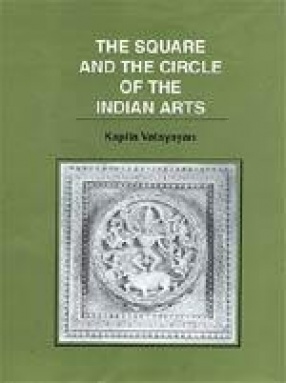
The book begins by re-examining the imagery of the Vedas and the Upanisads, highlighting some aspects of early speculative thought which influenced the enunciation of aesthetic theories, particularly of Bharata in the Natyasastra. The next chapter introduces a new methodology of analysing the rituals (yajna) as laid down in the Yajurveda and the Satapatha Brahmana, the best way to focus the relationship between the text and the practice. Four chapters follow--one ...
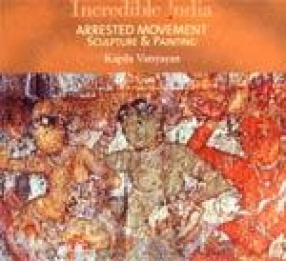
Movement is the beginning of life in the natural and human world. For millennia, since pre-historic times, man has endeavoured to capture this awareness of movement in lien and colour, clay, stone and metal. Over a period of many centuries in all parts of India, there has been an overwhelming preoccupation with arrested movement. The dancer tries to achieve a still sculptural pose, seemingly frozen while the sculptor arrests the dynamics of ...

PRAKRTI : The Integral Vision explores the concept of the primal Elements (Sky, Air, Fire, Water, Earth, etc.) which has governed and determined the evolution of civilizations and cultures. This 5-volume collection is the outcome of a series of five successive but inter-locked seminars culminating into cross-cultural, multi-disciplinaryunderstanding. BR. The First Volume, Primal Elements: The Oral Tradition, focuses attention on the articulation of cohesive ...
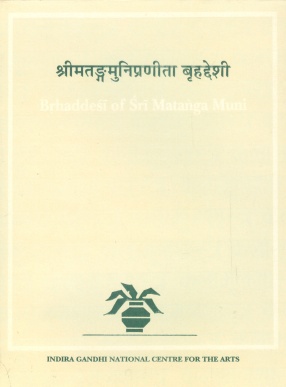
Brhaddesi is a landmark in Sangitasastra for more than one reason. It is the solitary text that forges a link between Natyasastra and Dattilam on the one hand and Abhinava Bharati on the other, the gap extending over more than five hudnred years. Its direct influence on later texts like Sangita-Ratnakara and its commentaries is obvious in various ways, be it nada from the Tantric stream or the etymology of variuos terms or the description of ragas. ...
